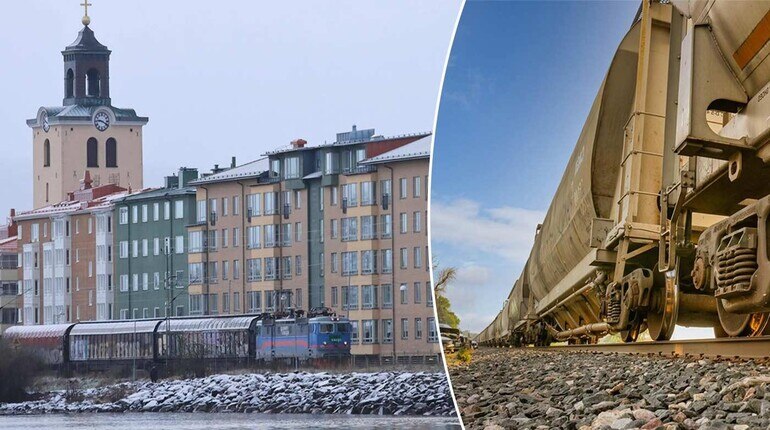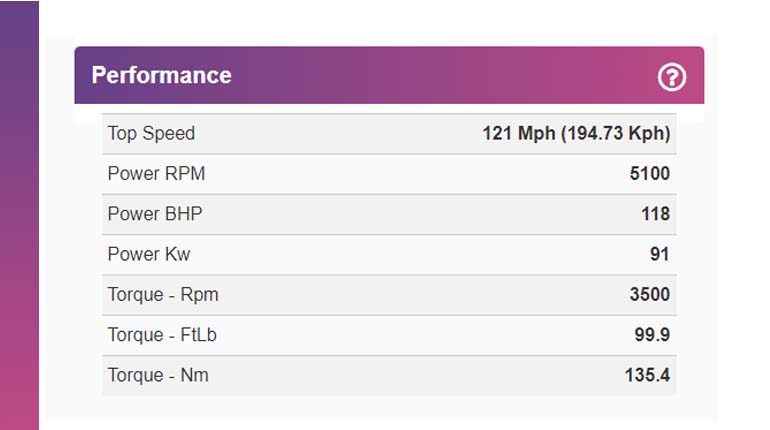Rail transport stands as a cornerstone of world commerce, boasting a myriad of advantages that propel economies ahead and foster sustainable development. In this comprehensive analysis, we delve into the seven key benefits of rail delivery, spanning from its cost-effectiveness and performance to its environmental benefits and social impacts. With economies of scale riding freight transportation and lower fuel expenses mitigating environmental effect, rail delivery emerges as a pivotal force in modern-day logistics. Moreover, its reliability, safety data, and good sized network coverage underline its significance in facilitating worldwide exchange and fostering economic boom.
Beyond its economic prowess, rail delivery performs a critical function in enhancing passenger mobility, lowering street congestion, and producing task opportunities along its networks. Through a meticulous exam of its multifaceted advantages, this evaluation underscores the critical role of rail transport in shaping the global panorama. Whether facilitating the movement of bulk commodities or presenting dependable passenger services, rail delivery serves as a catalyst for financial prosperity and social nicely-being. Embracing its advantages not handiest drives performance and sustainability however also lays the groundwork for an extra interconnected and resilient destiny. Read more on www.tagtransport.se
Table of contents
Cost-effectiveness of rail transport
Economies of scale in freight transportation
Rail delivery blessings from economies of scale, taking into account the green movement of large volumes of freight over long distances. With large shipments, the cost in step with units decreases, making rail shipping a value-powerful option for transporting bulk commodities which includes coal, grain, and raw materials. Additionally, railroads can handle heavier masses compared to trucks, in addition optimizing price efficiencies and decreasing transportation fees for shippers.
Lower fuel costs compared to road transport
Rail shipping typically consumes less fuel according to ton-mile compared to avenue transport, resulting in decreased gasoline prices for freight transportation. Trains have notably better fuel efficiency than trucks, specifically while transporting heavy hundreds over long distances. By making use of locomotives powered by means of diesel, strength, or opportunity fuels, railroads can gain widespread gasoline savings and provide competitive freight fees to customers. This lower gasoline intake also contributes to reduced carbon emissions and environmental effect as compared to street delivery.
Efficiency of rail transportation
High capacity for bulk freight transportation
Rail delivery boasts excessive potential for transporting bulk freight including coal, grains, ores, and synthetic items in huge quantities. Trains can accommodate multiple railcars, each able to carry great loads, making an allowance for green motion of bulk commodities over lengthy distances. This excessive ability minimizes the need for a couple of shipments and decreases typical transportation charges for organizations and industries reliant on bulk freight transport.
Reduced traffic congestion and delays
Rail transport gives reduced traffic congestion and delays in comparison to road shipping, particularly in densely populated urban regions and along major transportation corridors. Unlike vans, trains perform on dedicated rail lines, bypassing congested roadways and avoiding traffic bottlenecks. This results in greater predictable and reliable freight delivery schedules, reducing deliver chain disruptions and improving normal performance in shipment transportation.
Safety records of railway
Fewer accidents compared to road transport
Rail shipping has a tested song report of safety, with considerably fewer injuries and fatalities as compared to avenue delivery. Trains are inherently more solid and less vulnerable to collisions or accidents than trucks due to their constant routes and restrained interaction with different motors. Furthermore, railroads put into effect stringent protection protocols, together with track maintenance, signal systems, and crew schooling, to reduce the risk of accidents and ensure the secure operation of trains.
Lower risk of cargo damage due to stable rail routes
Rail shipping gives a lower risk of shipment damage in comparison to avenue delivery, thanks to the strong and managed environment furnished by means of rail routes. Unlike vans, which might be prone to vibrations, shocks, and street hazards, trains travel along clean and well-maintained rail tracks, lowering the likelihood of cargo transferring or harm throughout transit. This more desirable balance ensures the secure shipping of goods, particularly fragile or high-value shipment, and minimizes the risk of product loss or damage in transit.
Environmental benefits of using the railway for cargo transport
Lower carbon emissions per ton of cargo moved
Rail transport gives environmental benefits by emitting lower carbon emissions in step with tons of shipment moved compared to other modes of transportation, including avenue and air transport. Trains are additional fuel green and emanate less ozone depleting substances per unit of cargo shipped, making rail transport a greener choice for extremely long freight development. By moving cargo from vans to trains, associations can diminish their carbon impression and add to ecological maintainability endeavors. Read more here.
Energy efficiency through electric-powered locomotives
Rail transport promotes power efficiency through the use of electric-powered locomotives, which consume less strength and convey fewer emissions in comparison to diesel locomotives. Electric trains depend upon overhead strength strains or third rails to deliver energy, casting off the want for onboard fuel combustion and lowering air pollution. Additionally, electric powered rail structures can make use of renewable power assets which includes hydroelectric, wind, or sun strength, further improving their environmental sustainability and lowering reliance on fossil fuels.
Reliability of rail transport
Minimal weather disruption due to dedicated rail infrastructure
Rail shipping gives reliability and resilience against weather-associated disruptions due to its devoted infrastructure and robust design. Railroads are less prone to climate-associated closures and delays as compared to roadways, which may also turn out to be impassable at some stage in intense weather activities which include snowstorms, floods, or hurricanes. With proper renovation and infrastructure investment, railroads can ensure uninterrupted providers and maintain operational performance even in unfavorable climate situations.
Scheduled timeliness for freight and passenger services
Rail transport offers scheduled timeliness for each freight and passenger services, presenting predictability and consistency in shipping schedules. Unlike avenue transport, wherein site visitors congestion and unforeseen delays can impact journey times, trains function on fixed schedules alongside committed rail lines, minimizing variability in arrival and departure times. This reliability is especially positive for groups with time-sensitive freight shipments and passengers requiring punctual journey preparations.
Accessibility of rail transport
Extensive network coverage across regions and countries
Rail transport gives sizable community coverage, connecting areas and nations through an interconnected system of rail traces and terminals. Rail networks span large distances, imparting admission to far off regions and facilitating monetary improvement by linking urban facilities, commercial hubs, and rural communities.
Intermodal connections with ports and distribution centers
Rail delivery enables intermodal connections with ports, distribution facilities, and different modes of transportation, inclusive of ships, trucks, and airplanes. Rail terminals located near ports and distribution hubs permit seamless switch of shipment between distinct modes of transport, streamlining supply chain logistics and reducing transit times. Intermodal transportation offers value financial savings, operational efficiencies, and more advantageous flexibility in shipment movement, making rail delivery a preferred choice for international alternate and international logistics.
Versatility of rail shipping
Suitable for various cargo types including bulk, containerized, and hazardous materials
Rail shipping is flexible and capable of transporting various forms of cargo, consisting of bulk commodities, containerized goods, and dangerous substances. Trains can accommodate specialized railcars and bins designed to transport unique shipment kinds thoroughly and efficiently. Whether hauling coal, grain, cars, or chemical substances, rail transport gives a reliable and value-powerful solution for moving various cargo shorts over long distances, assembling the needs of different industries and delivery chains.
Flexibility in choosing optimal routes for cargo delivery
Rail delivery offers flexibility in choosing foremost routes for shipment transport, allowing shippers to choose the maximum efficient and price-effective transportation corridors. Railroads provide multiple route alternatives, inclusive of mainline routes, branch lines, and interchanges, to accommodate various shipping necessities and delivery destinations.








